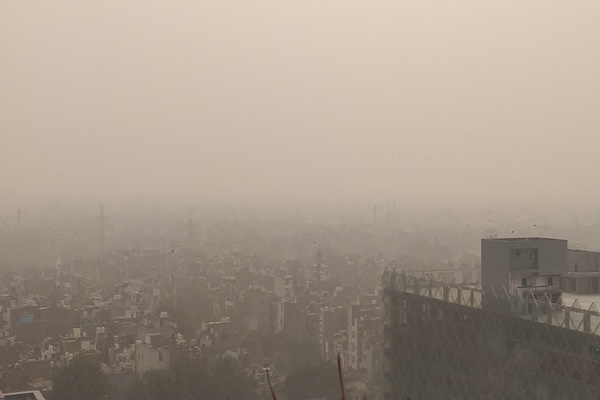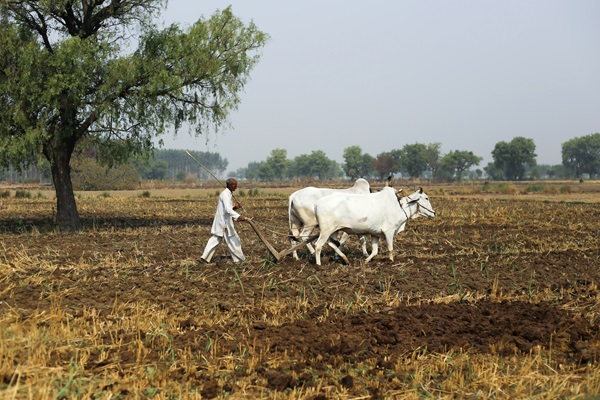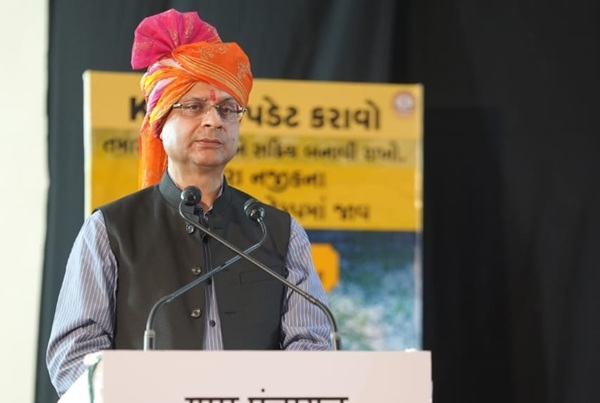.png)
Amitabh Tiwari, formerly a corporate and investment banker, now follows his passion for politics and elections, startups and education. He is Founding Partner at VoteVibe.
November 17, 2025 at 12:08 PM IST
The 2025 Bihar Assembly elections delivered a stunning verdict that few political analysts anticipated. The National Democratic Alliance (NDA) secured more than a three-fourths majority, while the Mahagathbandhan (MGB), led by the Rashtriya Janata Dal (RJD), suffered a catastrophic defeat. Most shocking was the RJD's performance—the party fell to its 2020 levels, wiping out gains painstakingly accumulated over fifteen years of political consolidation. This wasn't just an electoral setback; it was a complete dismantling of opposition politics in Bihar.
The Narrative That Never Was
However, the post-election analysis reveals a dramatically different story. While Congress did continue its poor form—managing strike rates of just 9-13% against the JDU and BJP, and failing to win a single seat against the LJP—the real catastrophe unfolded elsewhere. The captain of the MGB ship, the RJD itself led by Tejashwi Yadav, failed to steer the alliance in the wake of a storm.
RJD's Devastating Underperformance
What makes this performance particularly damning is that the RJD couldn't even capitalise on contests against smaller, theoretically weaker NDA partners. Against the Lok Janshakti Party (LJP), RJD won only seven out of 19 contests—a 37% strike rate that, while better than against BJP/JDU, still represented a majority of losses. The humiliation deepened when Hindustani Awam Morcha (HAM) defeated RJD in four out of five direct contests, and the Rashtriya Lok Morcha (RLM) bested them in four out of six seats.
These statistics expose a fundamental truth: the RJD's organisational machinery, its messaging, or its ability to connect with voters had deteriorated significantly. When even smaller regional players could consistently defeat you, the problem isn't your coalition partner—it's you.
The Left's Collapse and Congress's Continued Struggles
Congress's performance, predictably, remained abysmal. Beyond their struggles against JDU and BJP, they demonstrated a complete inability to counter even the LJP, failing to secure even one victory in direct contests. This consistent underperformance across three elections now suggests not a temporary setback but a permanent decline in the party's relevance to Bihar's political landscape.
The Geographic Story: North Versus South
The 2025 results represented a geographic realignment. In North Bihar, the NDA's tally surged from 86 to 114 seats. They not only snatched Saran from the MGB but also consolidated their dominance in the Tirhut and Darbhanga zones. Perhaps most significantly, they made gains in Seemanchal—a region traditionally favorable to secular parties—due to the "Owaisi factor," where AIMIM's presence split anti-NDA votes and damaged MGB.
The southern transformation was even more dramatic. The NDA's South Bihar tally exploded from 39 to 88 seats. The BJP swept through Magadh and Bhojpur, completely reversing the 2020 trend. This reversal can be attributed to two strategic master strokes: the inclusion of Chirag Paswan's LJP faction in the NDA fold and the successful management of discontent among key voting blocks, particularly the Rajput and Kushwaha communities which were at war during general elections 2024.
The Collapse of the MY Fortress: A Social Coalition Crumbles
While the MGB's social coalition crumbled, the NDA demonstrated a winning social coalition that cut across traditional caste fault lines. The strike rates by caste among NDA candidates reveal a meticulously constructed alliance that left no community behind. At the pinnacle stood Kurmi and Other Upper Caste candidates with a perfect 100% strike rate—every single one of these candidates won. Brahmin candidates achieved a 92% strike rate, SC-ST 88% and EBCs 84%, creating an umbrella of various caste groups.
The Verdict




